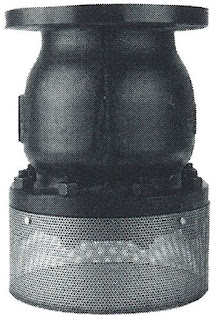 |
Standalone Annunciator Panel
Ronan Engineering Company |
There are numerous applications for annunciator panels, stations, and equipment throughout the various industrial markets. One such application, arising and growing with the connectivity of industrial control systems to the internet, is in the cyber defense arena.
Industrial control systems are increasingly internet connected, making them vulnerable to cyber attack. There was a time when all that was necessary for plant or operation security was installing a perimeter fence around the property and posting a guard at the gate. Our industrial control systems are now subject to mischief or malicious attack from locations and parties unknowable and worldwide.
Do you know of ICS-CERT? If involved in industrial control, you should. It is the Industrial Control Systems Cyber Emergency Response Team, a part of the Department of Homeland Security that provides operational capabilities to defend control systems against cyber threats. You can follow them on Twitter, @ICS-CERT, and monitor the vulnerabilities and threats that they discover in the industrial control sphere. New items are added almost daily, naming specific vulnerabilities uncovered in named systems and equipment. Chances are that you will discover some of the equipment in your plant listed.
Annunicator systems and equipment can be employed as an isolated "watcher", monitoring process performance and providing alerts when conditions exceed specified limits.
A major impact of a potential cyber attack scenario is that, as operator, you can no longer fully trust what your software based internet connected control system is telling you, or whether it is doing everything it should and only those things that it should. An annunciator system, isolated from the primary control system and the internet, monitoring critical process conditions, incorporates a substantial level of safety against cyber attack.
There is more to be learned. Browse the document included below for a detailed visual demonstrating the set up of annunciators that can be isolated from your network. Share your process control challenges with
specialists, and combine your process and facility knowledge with their product application expertise to develop effective solutions. And start following @ICS-CERT on Twitter and build your awareness and knowledge of industrial control cyber threats.





